Search
Search Results
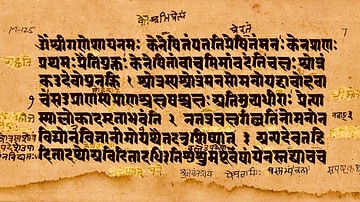
Article
Upanishads: Summary & Commentary
The Upanishads are among the best-known philosophical-religious works in the world and also among the oldest as the earliest texts are thought to have been composed between 800-500 BCE. These works are philosophical dialogues relating to...
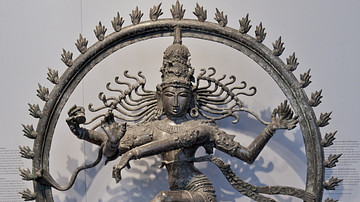
Definition
Hinduism
Hinduism is the oldest religion in the world, originating in Central Asia and the Indus Valley, still practiced in the present day. The term Hinduism is what is known as an exonym (a name given by others to a people, place, or concept) and...
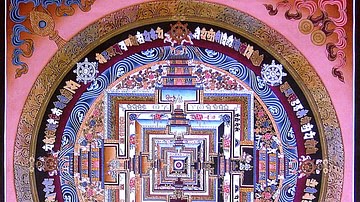
Definition
Mandala
A mandala (Sanskrit for “circle”) is an artistic representation of higher thought and deeper meaning given as a geometric symbol used in spiritual, emotional, or psychological work to focus one's attention. The image first appears in India...

Article
Ethnicity & Identity Within the Four-Room House
The process of determining ethnicity is a problematic venture, even more so when interpreted through the archaeological record. Despite this issue, evidence, such as the four-room house, has been preserved that can be interpreted to represent...
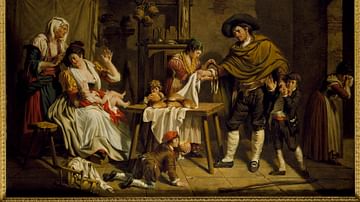
Image
The Self-Sacrifice of a Father
The Self-Sacrifice of a Father, painting by Jacques Sablet, second half of the 18th century.
Nationalmuseum, Stockholm.
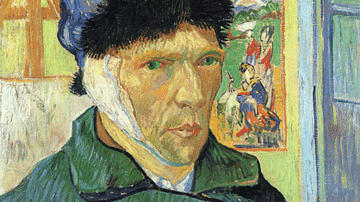
Image
Self-portrait with Bandaged Ear by van Gogh
An 1889 oil on canvas painting, Self-portrait with Bandaged Ear, by Vincent van Gogh (1853-90), the Dutch post-impressionist artist. Painted in January in Arles. Vincent had cut off part of his ear and presented it to a prostitute in a local...

Image
Self-portrait with Pith Helmet by Caillebotte
An 1873 oil on canvas, Self-portrait with Pith Helmet, by Gustave Caillebotte (1848-96) the French impressionist painter. (Private Collection)

Definition
Upanishads
The Upanishads are the philosophical-religious texts of Hinduism (also known as Sanatan Dharma meaning “Eternal Order” or “Eternal Path”) which develop and explain the fundamental tenets of the religion. The name is translated as to “sit...
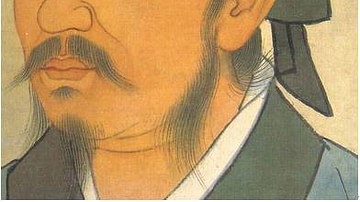
Definition
Xunzi
Xunzi (pronounced shund-zee, l. c. 310-c. 235 BCE) was a Confucian philosopher of the Warring States Period (c. 481-221 BCE) in China. He is also known as Hun Kuang, Hsun Tzu, Xun Tzu, and Xun Kuang. Xunxi translates as Master Xun and is...

Article
Fall of the East India Company
The British East India Company (1600-1874) was the largest and most successful private enterprise ever created. All-powerful wherever it colonised, the EIC's use of its own private army and increasing territorial control, particularly in...